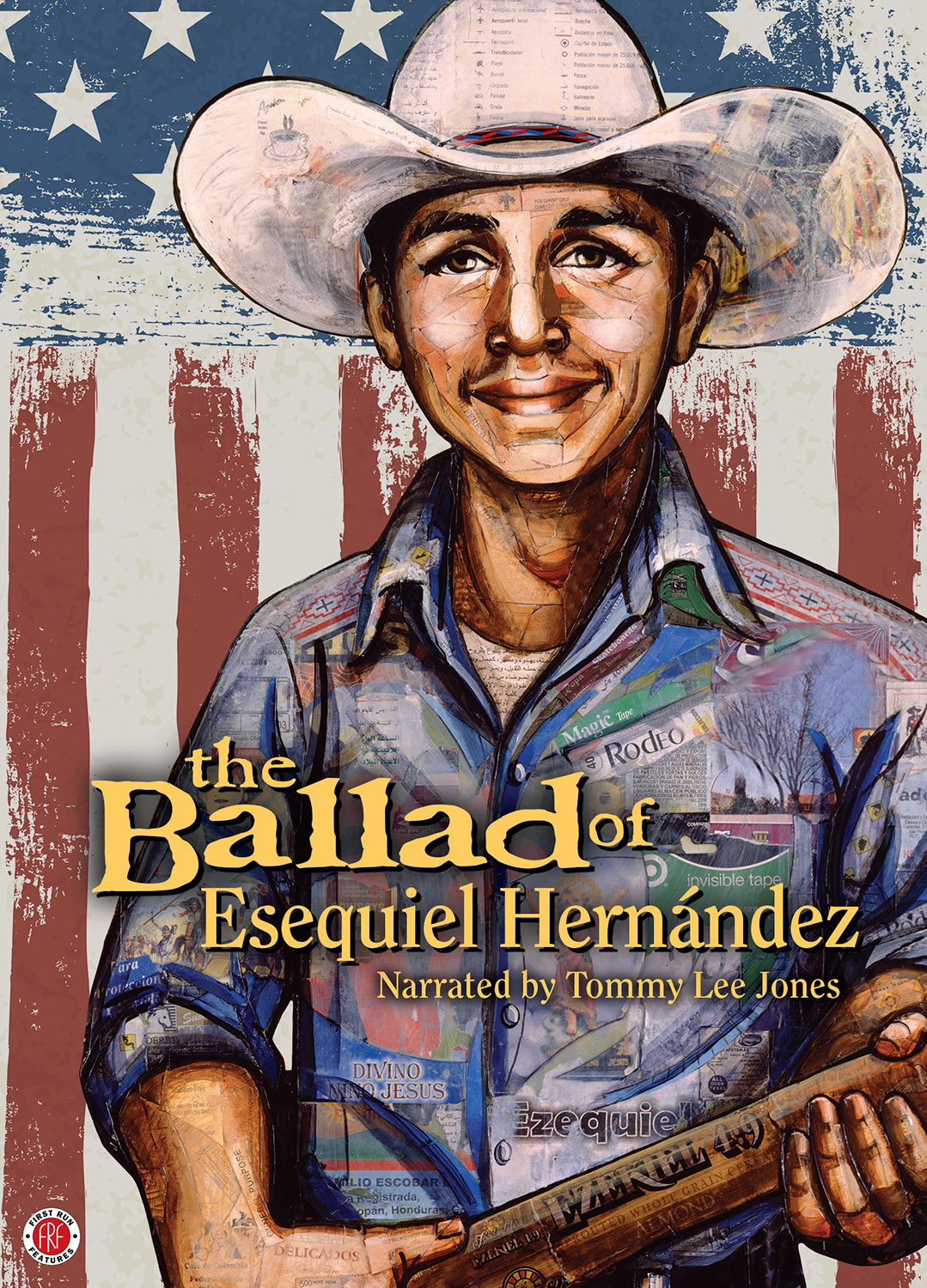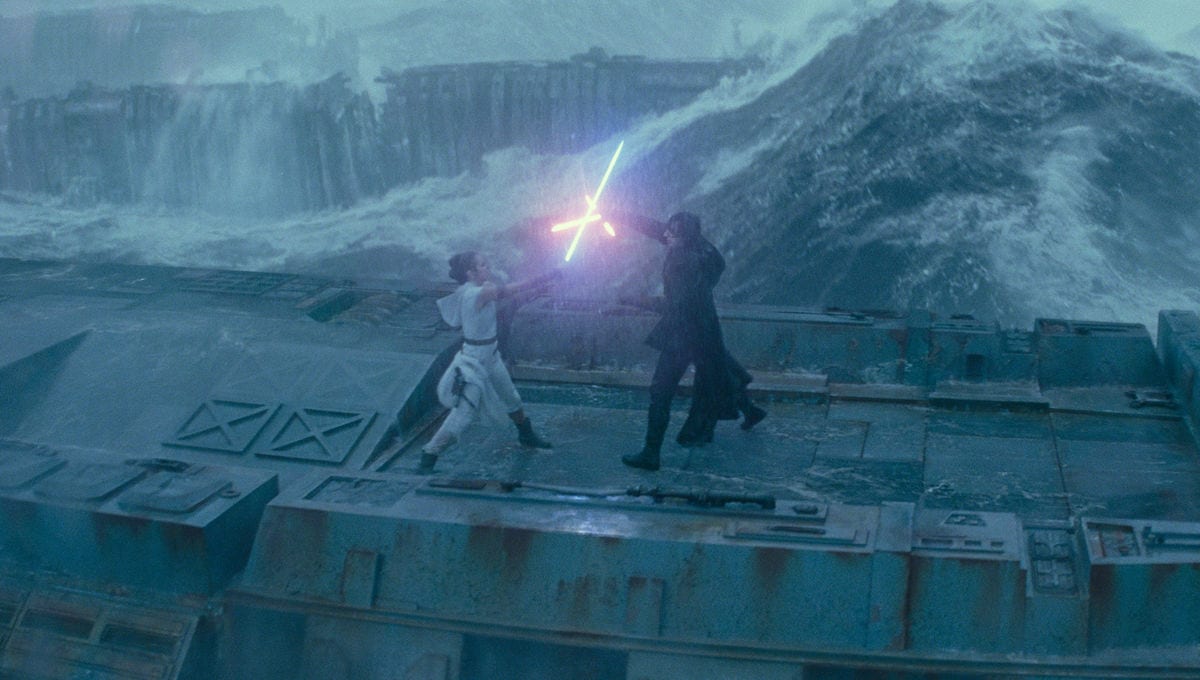Corridos are Mexican folk ballads. Sometimes those ballads are used to relate history that is deemed important. The Ballad of Esequiel Hern?ndez is essentially a film corrido that recalls the 1997 shooting of an 18 year old high school student on the US-Mexico border by US Marines. The Emmy-nominated film, directed by Kieran Fitzgerald and narrated by Tommy Lee Jones, originally aired on PBS in 2008, but is now arriving on VOD.
Esequiel Hern?ndez lived with his family about 200 yards from the Rio Grande. He and his siblings were born here. One evening while herding his family?s goats, he came under suspicion of a group of Marines who were assigned to observe the border as part of the War on Drugs. It should be noted that their mission was to observe and report to law enforcement, not to interdict drug trafficking. But as Esequiel cared for his goats he carried a .22 rifle to deal with coyotes. The fully camouflaged Marines believed he fired at them. They did not immediately return fire, but tracked him over wide area before one of them shot him. Esequiel Hern?ndez became the first American citizen killed by US military on American soil since Kent State in 1970.

The ensuing investigation never led to any charges against the Marines. The film allows us to hear from Border Patrol officials, local law enforcement officials, government officials, and three of the four Marines involved in the incident (only the one who fired the shot failed to take part). The perspective of the film is that justice was not served in this case. It points out that the Marines were probably acting outside their rules of engagements. It also shows that the government and the military quickly closed wagons to prevent what could have become a very bad public image problem. This incident brought an end to the military involvement at the border until recently as the military works on building a border wall.
It’s important to note that the film looks back ten years after the fact, and we are now seeing it another decade later. But even though the events recounted are so far in the past, the themes that are involved continue to be timely. That is where the corrido nature of this story comes into play. We are asked to remember this event?this piece of history?for what it tells us of the ongoing issues we face today.
The most obvious issue is immigration, even though Esequiel Hern?ndez was not an immigrant and the Marines were not tasked with dealing with immigration. They were only there to try to identify drug trafficking. But people of Hispanic heritage anywhere near the border continue to face assumptions about their place in society.
Questions are also raised about the failure of the legal system to bring justice in situations of armed force being used improperly. Neither the civilian legal system or the military system was able or willing to confront the problems involved in this incident. Some in the military even sought to give the shooter a special commendation.
But what struck me as a much more appropriate question for us to consider is the way the Marines tracked Esequiel for a long period. It brings to mind the illogical extensions of stand-your-ground laws that have led to various killings of people of color in recent years. For me, the part of the story that is most disturbing is that this could have been avoided if the Marines had simply stayed where they were.
Some corridos and their stories speak to us through the years. The Ballad of Esequiel Hern?ndez is such a story.
The film is available on iTunes and Amazon.



